The rare and very beautiful Czech Kladrubský kůň, known as a Kladruber to our English speaking friends, is one of the world’s oldest horse breeds and the oldest Czech breed.
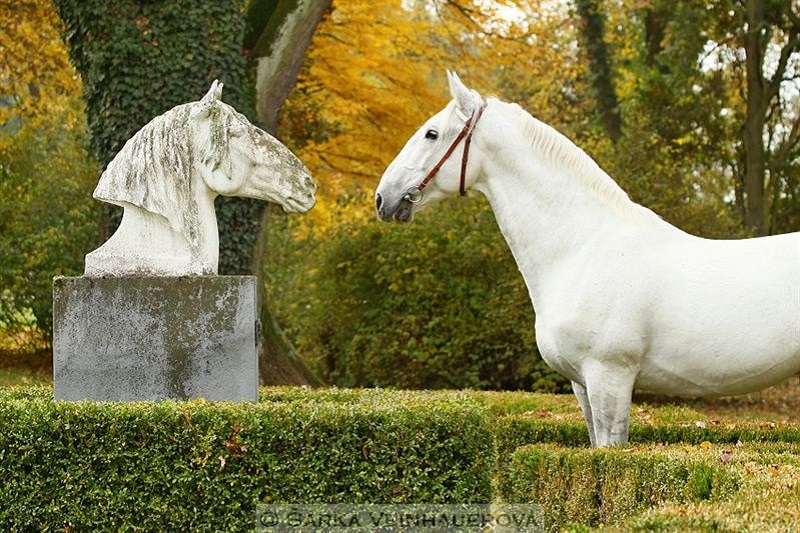
The main breeding centre is National Horse Breeding Farm in Kladruby nad Labem in the Czech republic where Kladrubers have been bred for more than 400 years. It is the oldest large horse breeding farm in the world, and presently deals with breeding Kladruby horses. Until 1918, it was part of the Austro-Hungarian monarchy, the district of Pardubice, Bohemia).
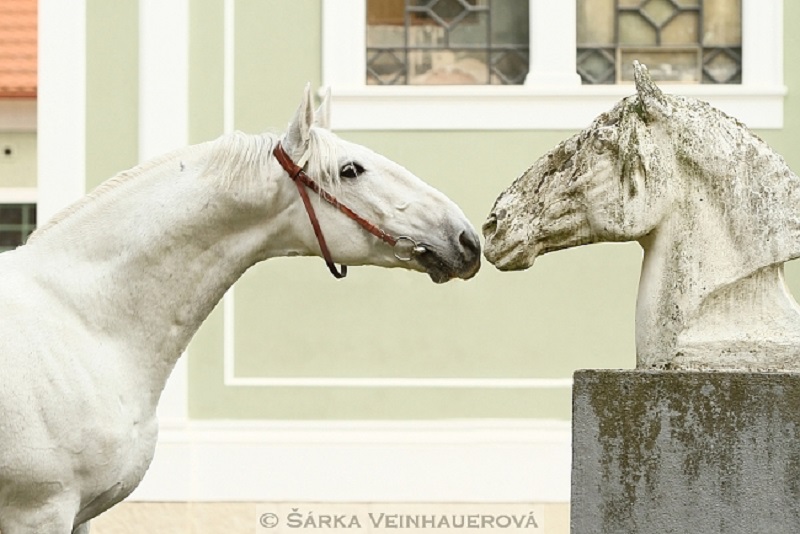
Breeding was established in 1579, when Emperor Rudolph II promoted the original horse enclosure to an imperial court horse breeding farm. The Emperor had a chateau built here for his frequent stays and the first reference to it is from 1588.
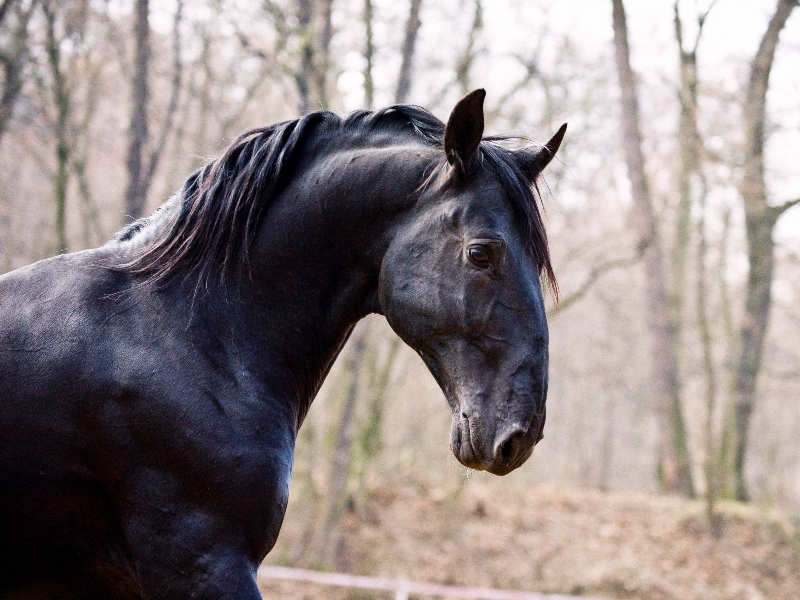
The Kladruber breed has been around for over four centuries, and yet is still remarkably rare. As of January 2011, there were only 492 mares in the world.
Perhaps that has something to do with the fact that this has always been a sought after and majestic breed which has always been bred to be a royal carriage horse, especially for the House of Habsburg.
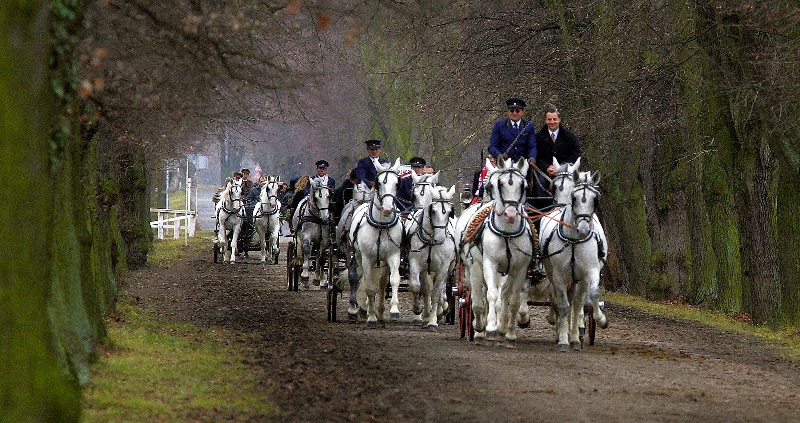
The House of Habsburg was one of the most influential royal houses of Europe. The throne of the Holy Roman Empire was continuously occupied by the Habsburgs between 1438 and 1740. The house also produced emperors and kings of the Kingdom of Bohemia, Kingdom of England, Kingdom of Germany, Kingdom of Hungary, Kingdom of Croatia, Second Mexican Empire, Kingdom of Ireland, Kingdom of Portugal, and Habsburg Spain, as well as rulers of several Dutch and Italian principalities.
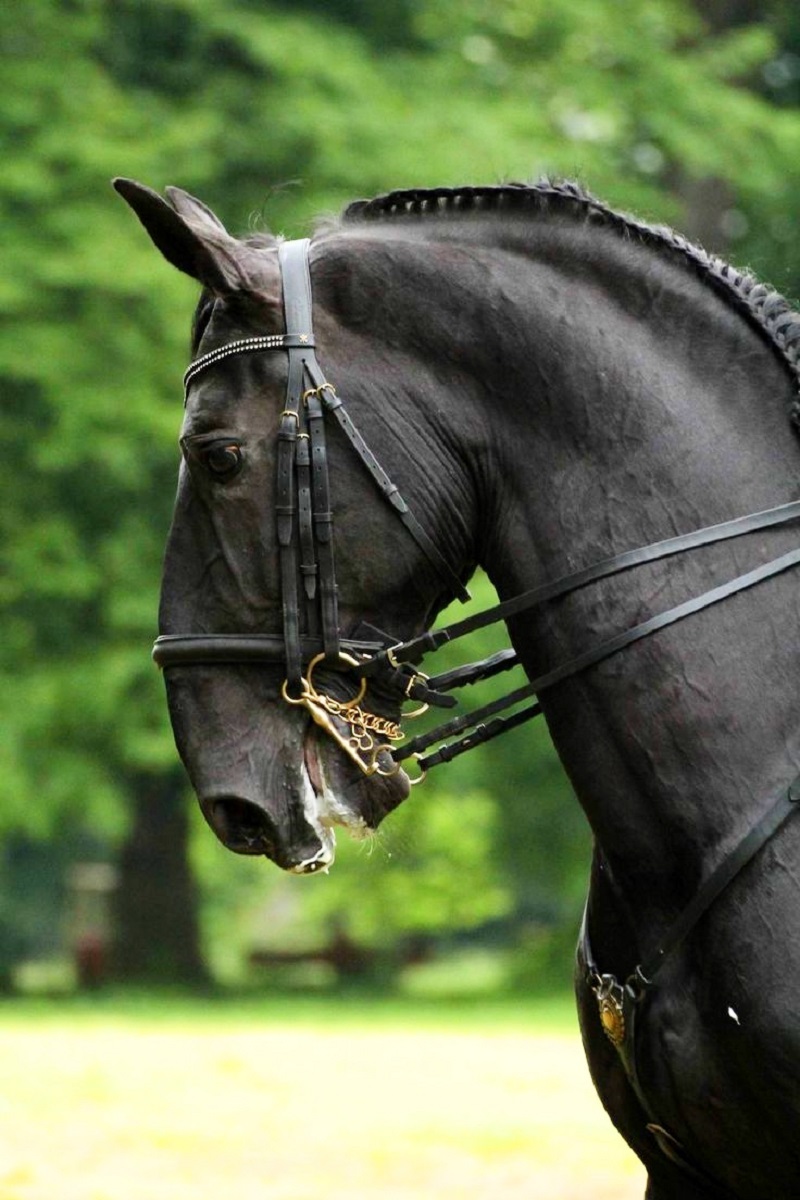
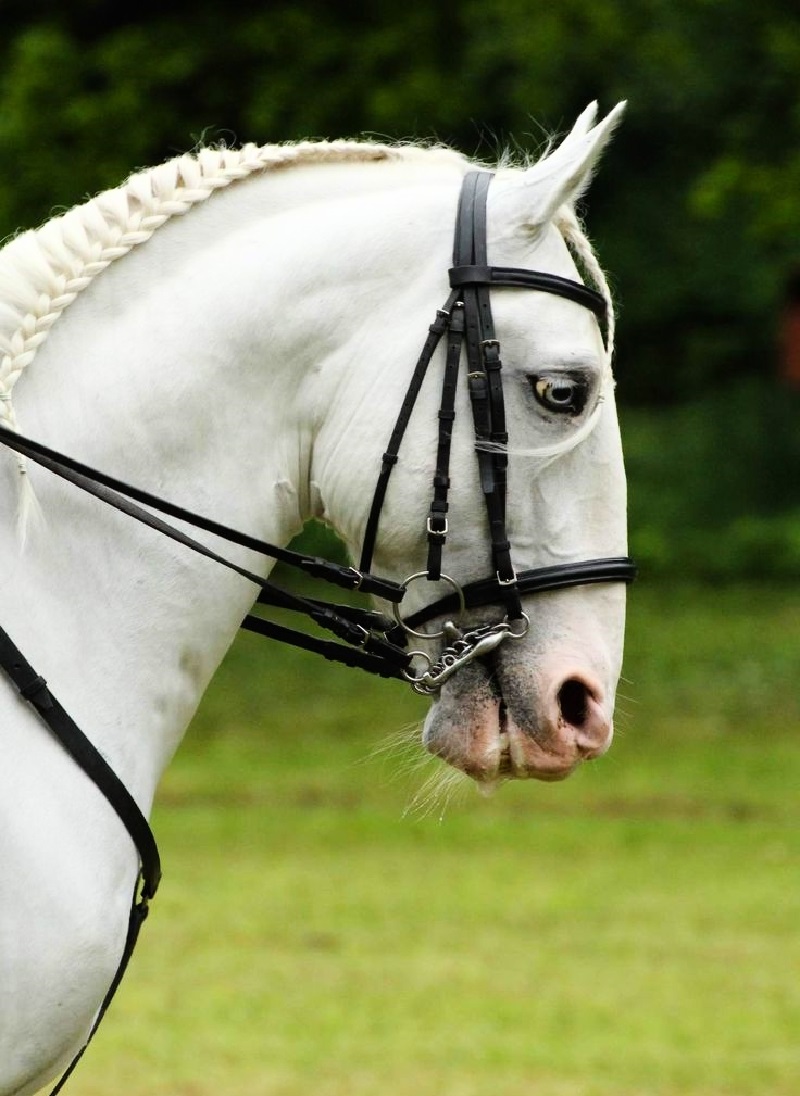
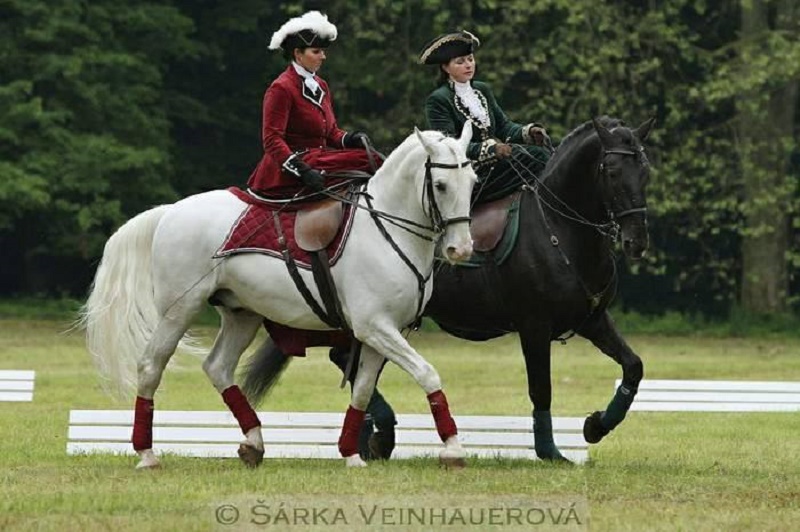
Founded in 1579 by Rudolf II as an Imperial stud, the Kladruber was based on imported Spanish Andalusian and Italian horses, crossed with Neapolitan, Danish, Holstein, Irish, and Oldenburg blood, in addition to heavy Czech draft horse breeds creating a perfect blend of strength, agility, beauty, intelligence, and temperament.
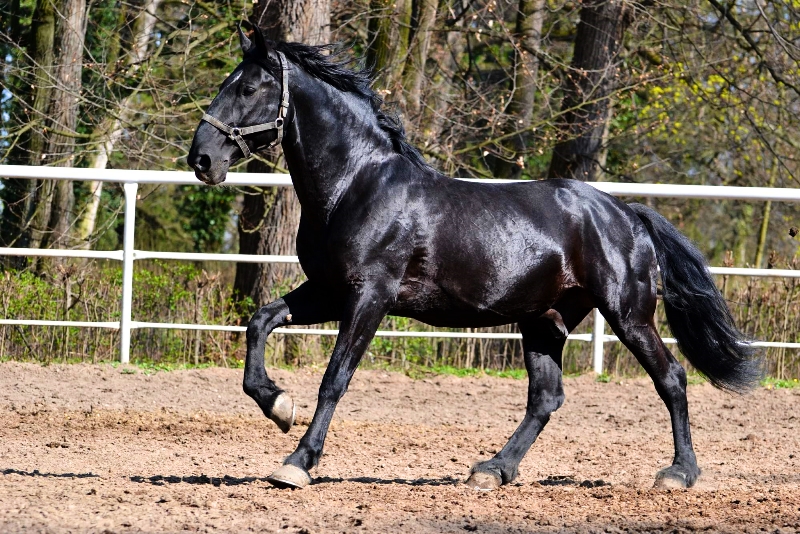
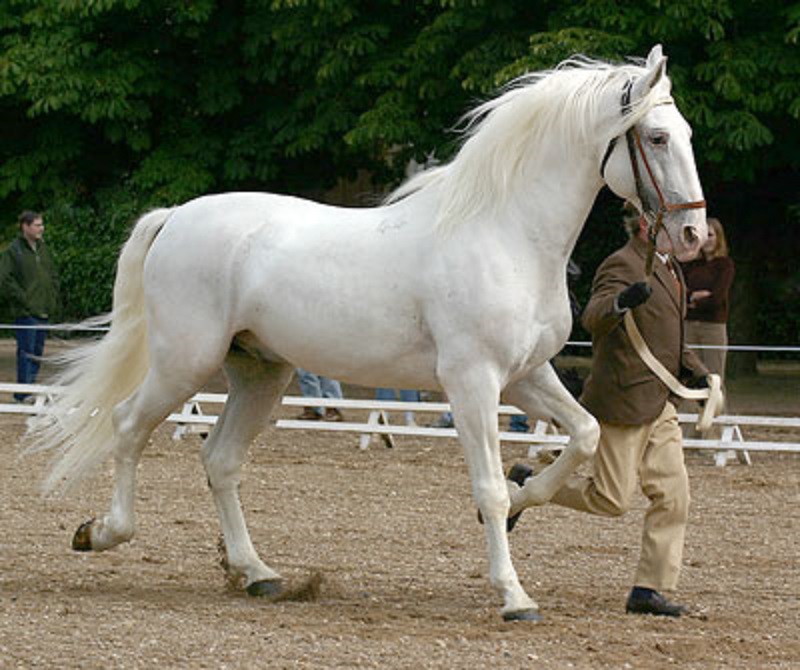
Due to their small gene pool and long history of selective breeding, Kladruber type is well “set” and they possess recognizable breed characteristics.
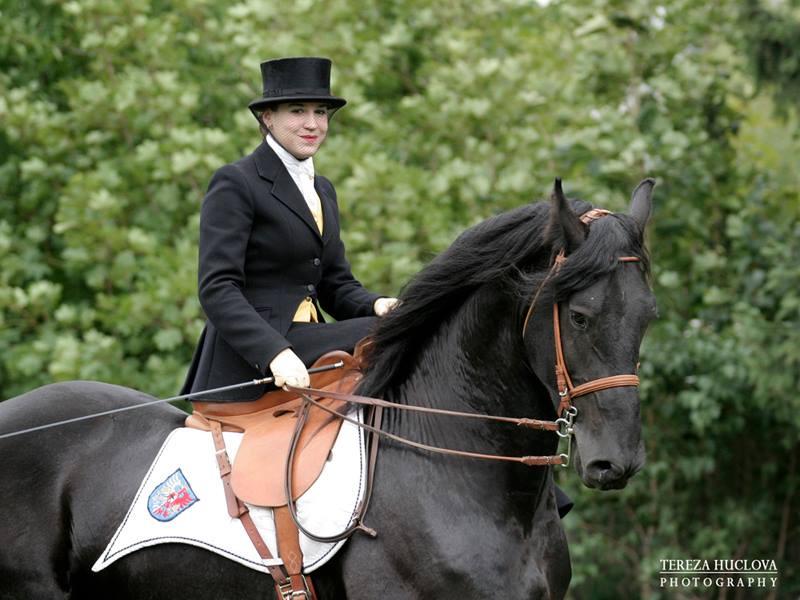
Source: Tereza Huclova, Photographer.
Many of these characteristics, such as a prominent Roman or convex facial profile, have been retained from their Baroque ancestors.
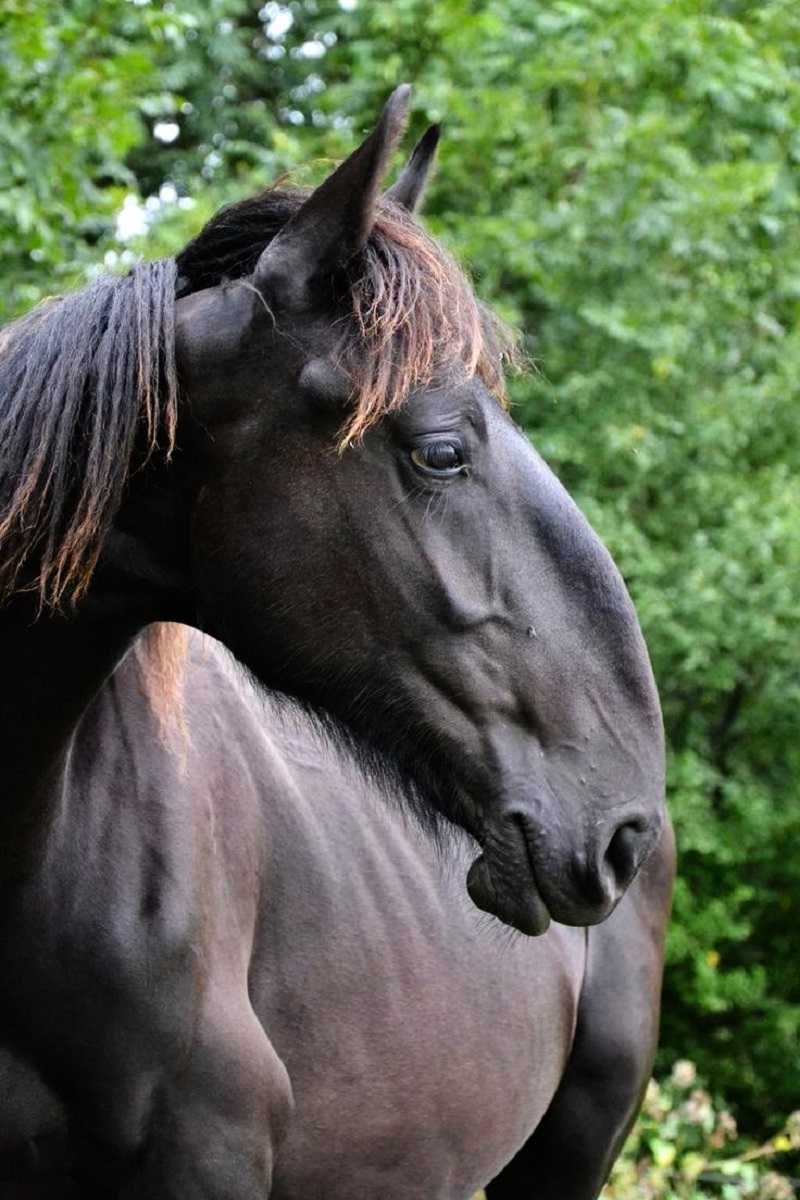
While the relatively upright shoulder, pasterns and hooves, long back, and short croup are not desirable in a riding horse, these qualities allow high-stepping gaits in a driving horse.
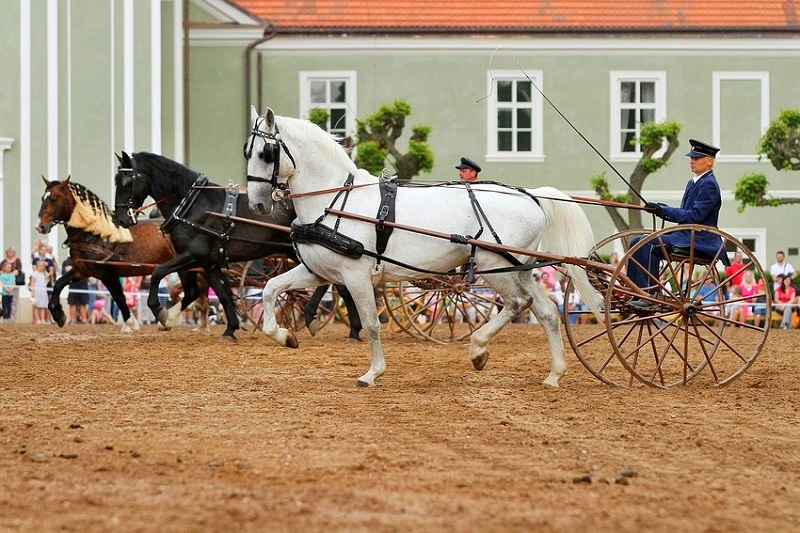
The high-set, powerful and well-arched neck of the Kladruber was a trademark feature of their Spanish-Neapolitan ancestors, and contributes to their appearance in harness.
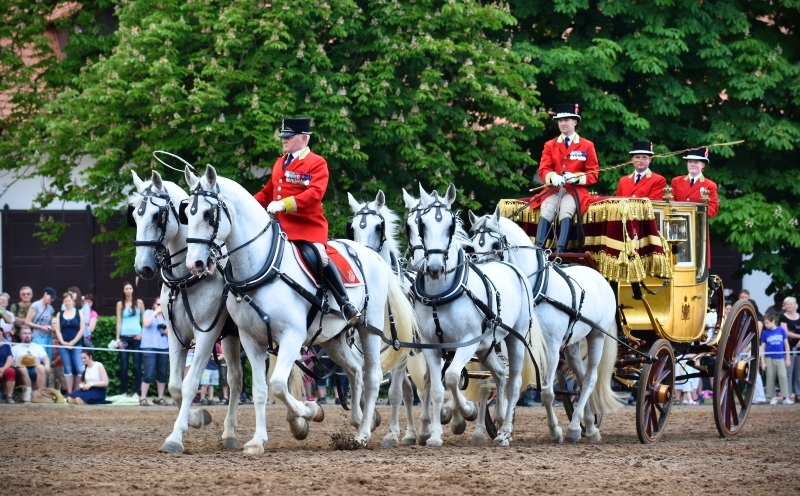
A horse of substance, the Kladruber possesses a deep, broad chest and sound legs with large joints and hooves. Their legs are unfeathered, though the mane and tail are thick and flowing, and the features are lean rather than fleshy.
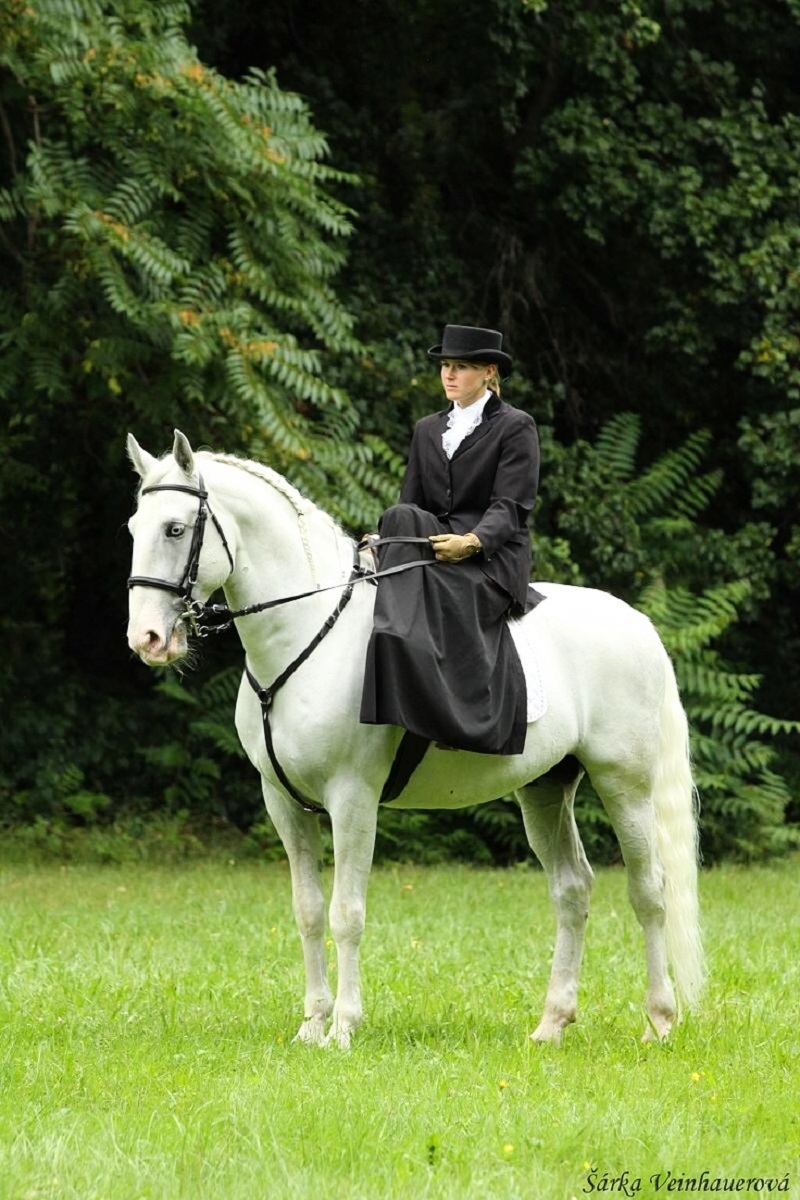
All gaits, though most especially the trot, should have high action and elasticity with a clear cadence.
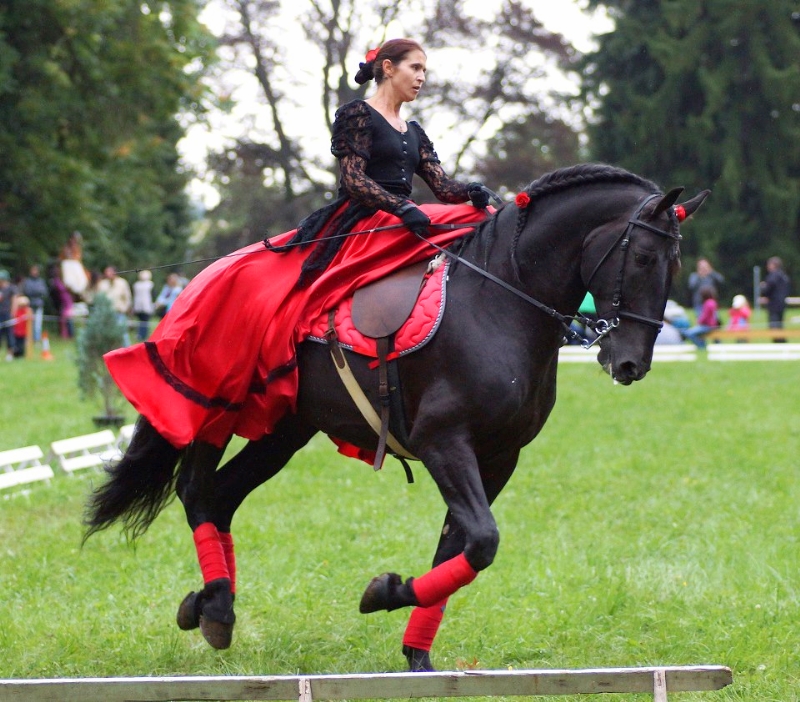
Though they have been bred for over 400 years, a fire in 1757 destroyed the first 200 years of breeding records.
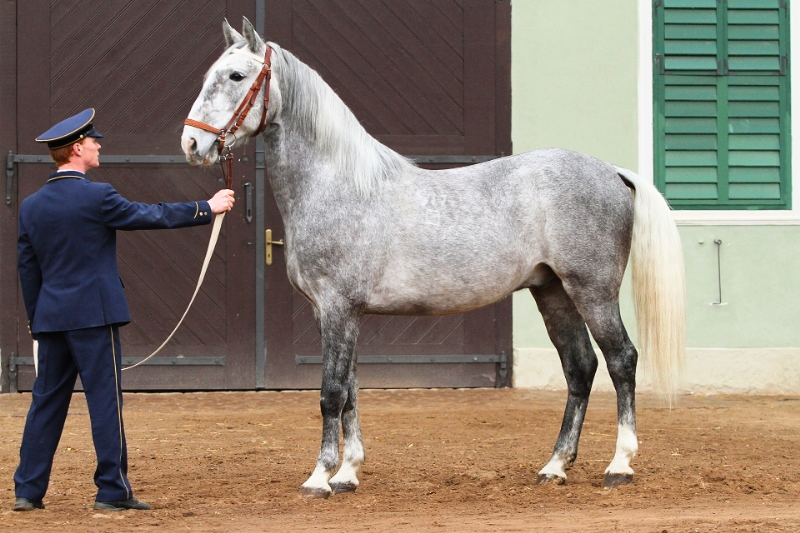
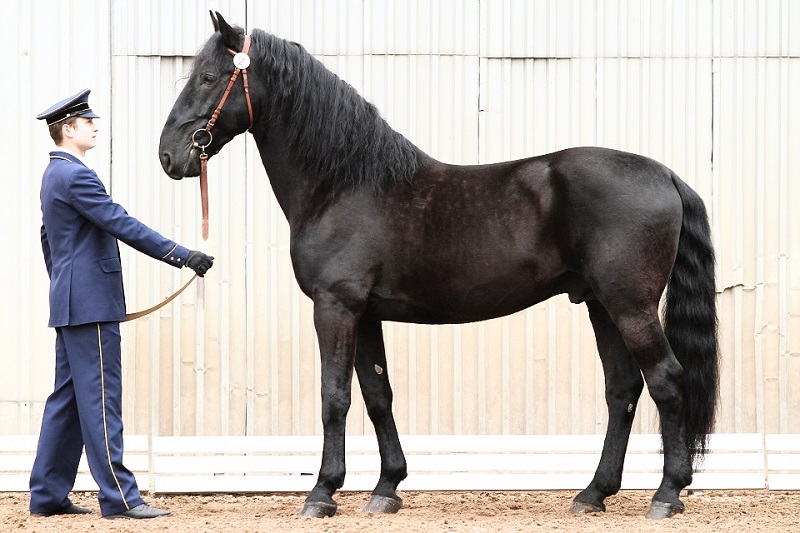
The surviving records show a particular influence by several stallions on the herd of gray Kladrubers:
- Pepoli: a gray who sired the colt Generale in Kopcany in 1787. Generale is thought to be the progenitor of all gray Kladrubers today, and he produced the son Generalissimus (1797) who produced a separate lineage.
- Maestoso (1773) and Favory (1779): born in Kladruby, became two of the six founding Lipizzaner stallion lineages. Favory returned to Kladruby after World War II, to add new blood to the decimated herd.
- Barzoi and Legion: Orlov Trotters added new blood between World War I and World War II.
- Rudolfo: A Lusitano from Portugal, added new blood after World War II.
Since 2002, the stud farm is a national monument, and it is world known for it’s tribal herd of Kladruber horses in white, which can only be seen in Kladruby.
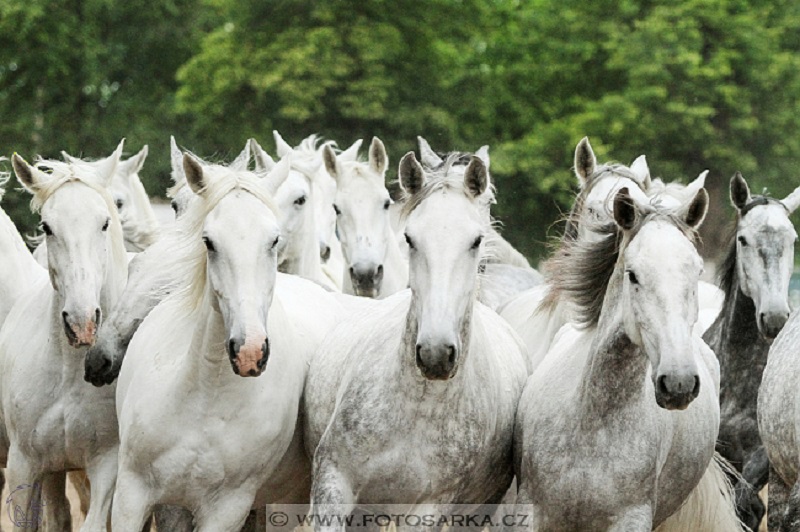
The herd of black Kladrubers had two particular influential stallions, Sacramoso (born 1799) and Napoleone (born 1845), and was regenerated in Slatinany.
Black and white Kladrubers have several differences due to their breeding.
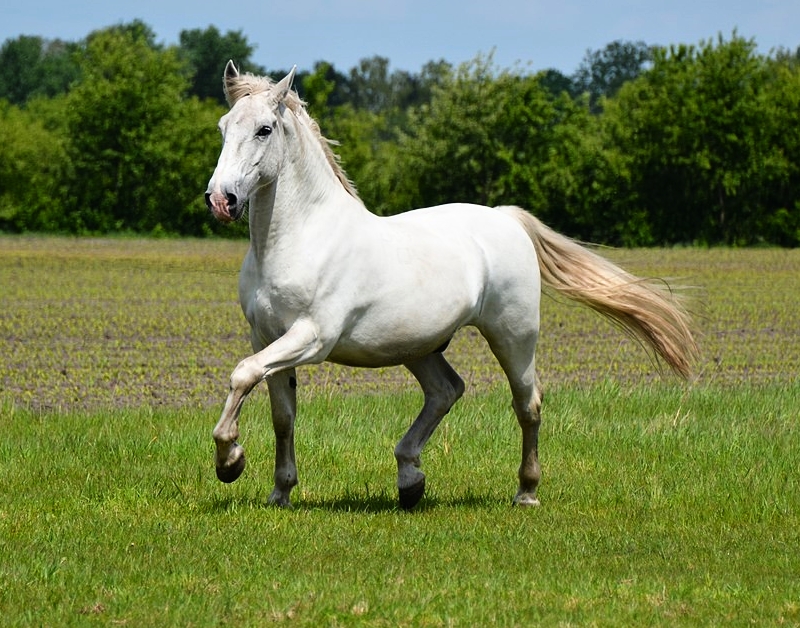
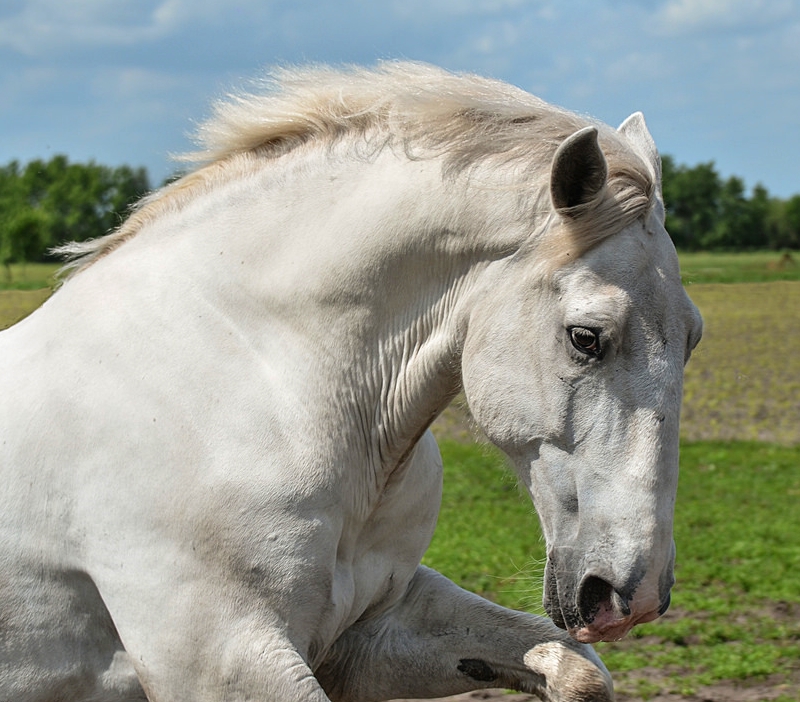
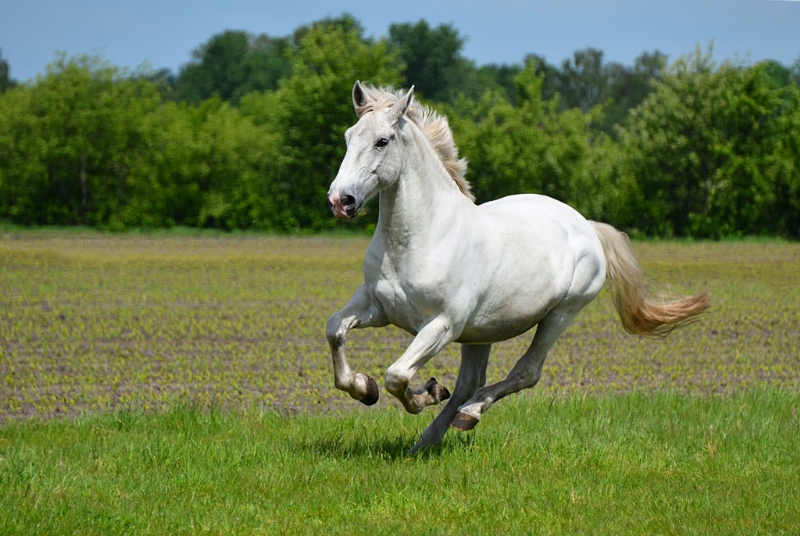
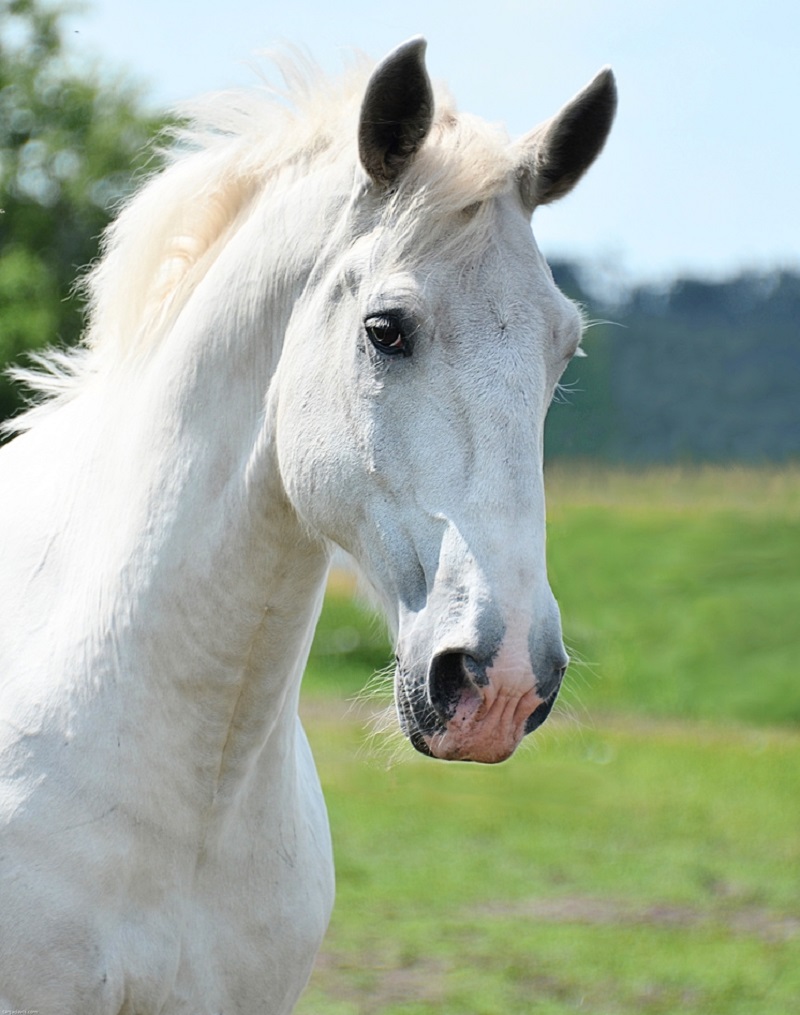
The white is finer, more Thoroughbredish in type, and usually taller than the black.
The black has more Neapolitan blood, and thus is heavier, has a shorter croup, a different head and neck, and a more “Nordic” look to it.
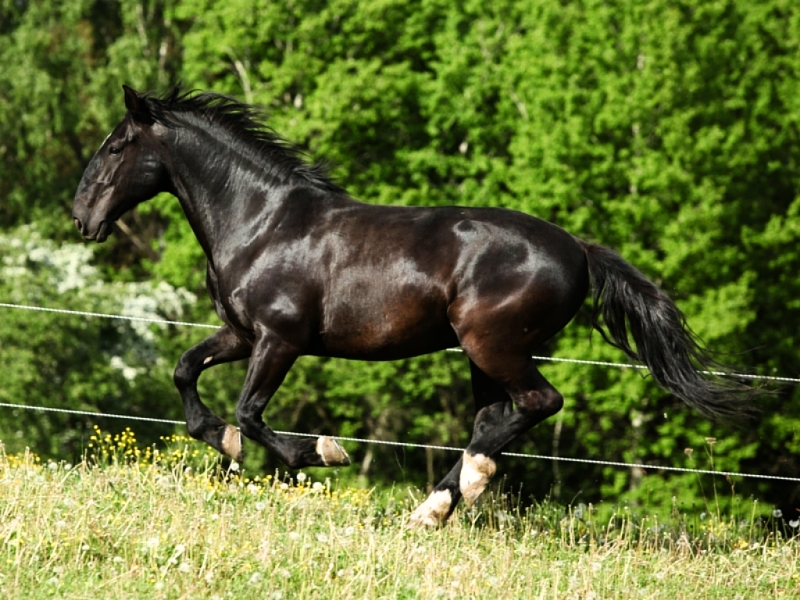
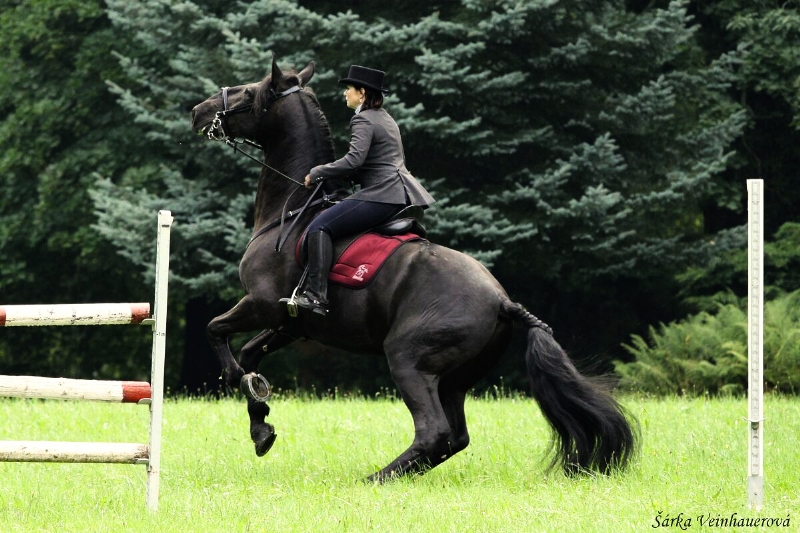
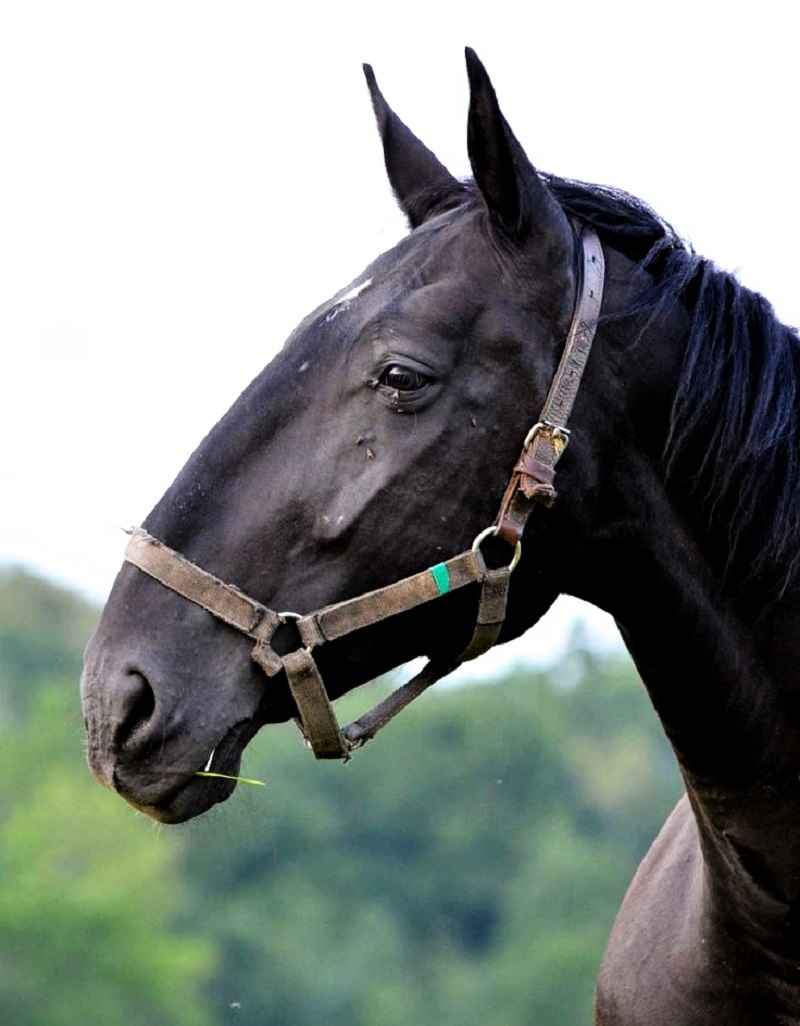
They are also gray, like this beauty.
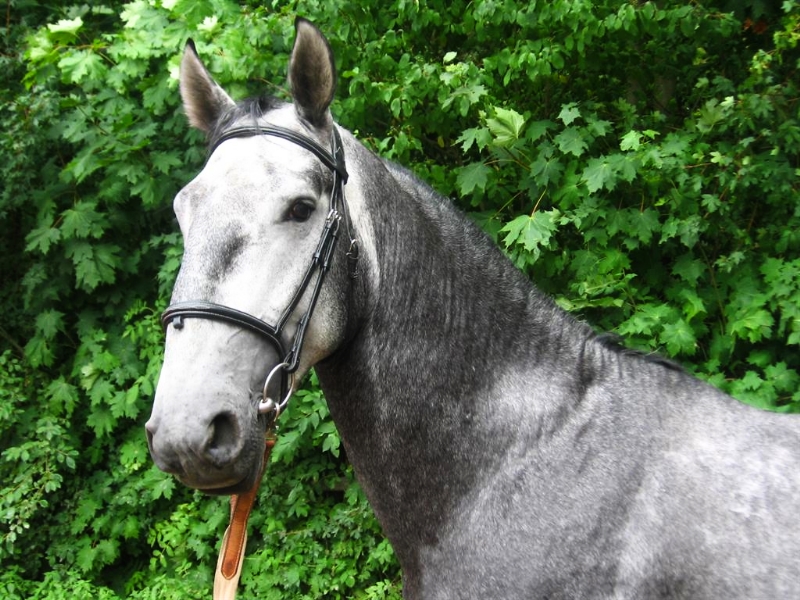
Pepoli’s bloodlines are still bred at Kladruby , but the majestic herd of black horses sired by Sacromoso and Nepoleone were destroyed in the 1930s, after many of the animals were sold for meat.
Yes. Discovering that almost killed me too!
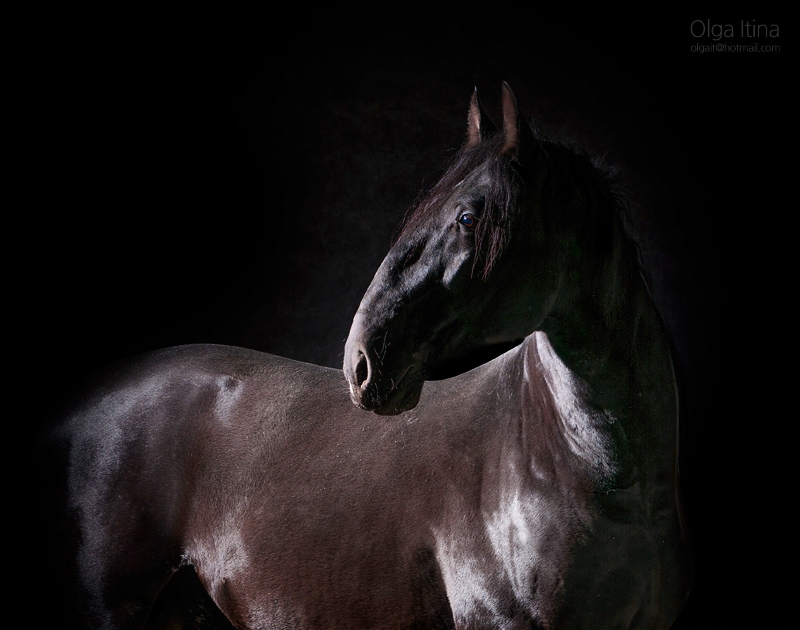
Despite the decimated herd, a few horses were saved and efforts have been made by breeders to re-establish their bloodlines The Research Institute for Horse Breeding in Slatinany.
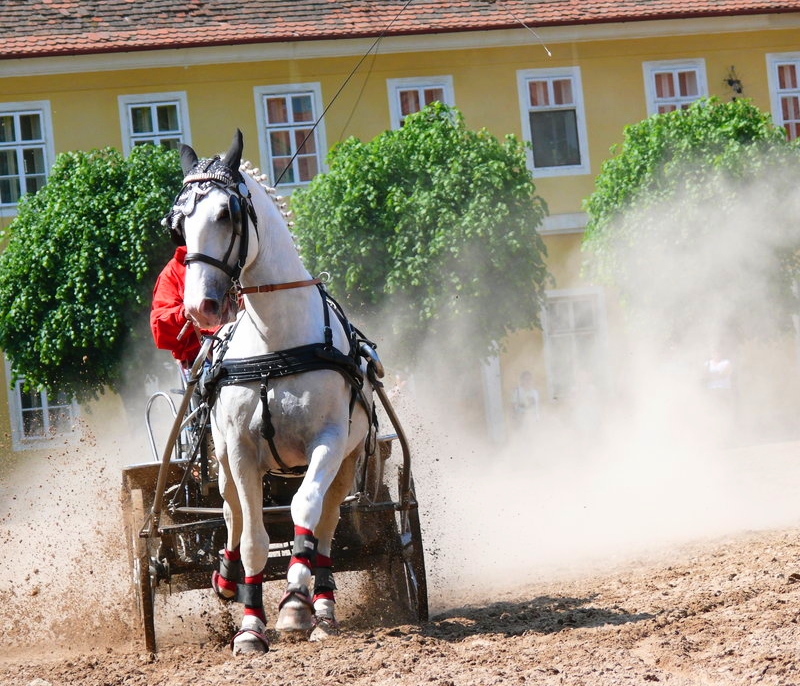
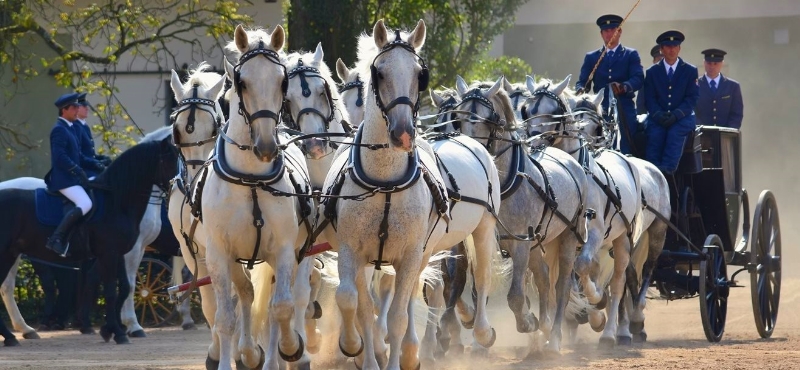
This breed only has approximately 1,200 horses in the world at any given time. In fact, they are so rare they are listed on the UNESCO Czech Heritage site.
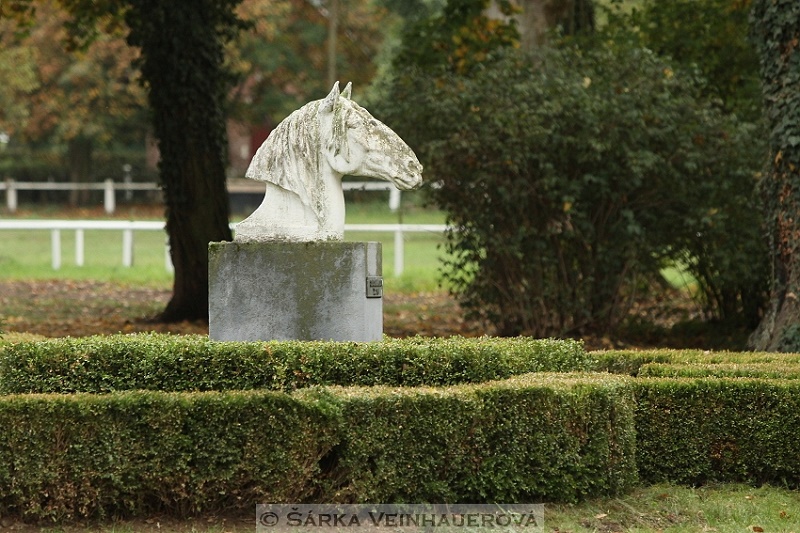
The single-storey chateau at the National Horse Breeding Farm in Kladruby nad Labem was built in Renaissance style, over the centuries it was renovated in Baroque and Pseudo-Renaissance style. The chateau mainly served to accommodate guests, which is proven by the large number of rooms, two kitchens, chambers and cellars.
Visitors are welcome from April 1st to October 31st and there are several things to see and do.
Telephone: +420 601 191 580
Email: pruvodci@nhkladruby.cz
Web: www.nhkladruby.cz
Here is a short video for our Czech speaking friends.
…and one more…
Speaking of absolutely beautiful horses, have you seen the film War Horse? We highly recommend it and you can purchase a copy today at Amazon.
You can also see this beautiful horse in action on Romana Hájková’s YouTube channel.
Let us know what you think about this beautiful Czech breed in the comments section below.
* * * * *
Thank you in advance for your support…
You could spend hours, days, weeks, and months finding some of this information. On this website, we curate the best of what we find for you and place it easily and conveniently into one place. Please take a moment today to recognize our efforts and make a donation towards the operational costs of this site – your support keeps the site alive and keeps us searching for the best of our heritage to bring to you.
Remember, we rely solely on your donations to keep the project going.
We appreciate you more than you know!
If you have not already subscribed to get TresBohemes.com delivered to your inbox, please use the form below now so you never miss another post.




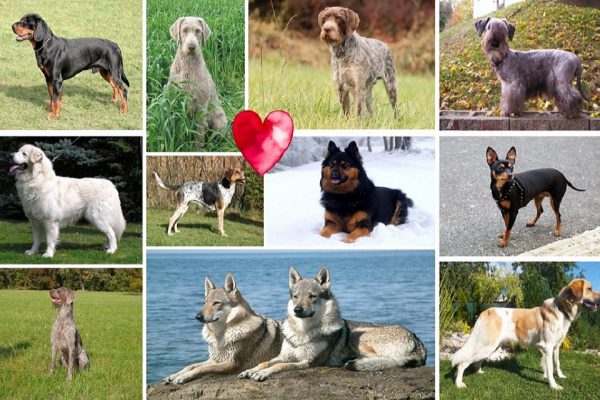
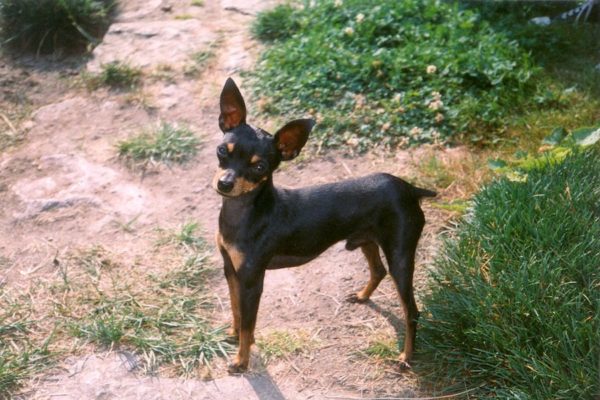
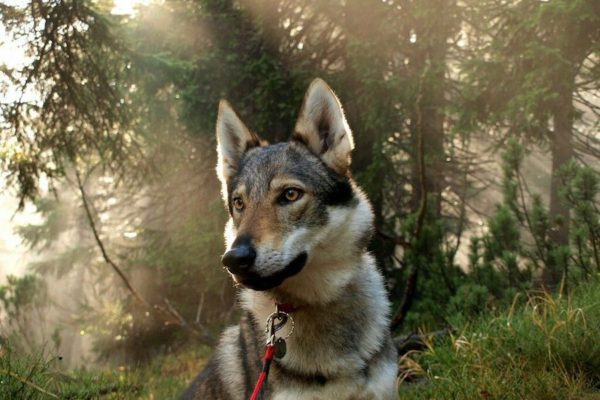















Wow. These horses are so beautiful. I never heard of them before. They look like horses of emperors and kings. I wish I had one.